Hoya
EnRoute
Reaction times and visual comfort provide the starting point for Hoya’s offering in the driving lens arena. It says that reaction times are linked to vision and EnRoute is designed specifically to minimise stress placed on the visual system.
The lens employs a glare filter which, like other driving lenses, cuts light in the blue spectrum, reducing light scatter and distracting glare from the dashboard, streetlights and the headlights of oncoming traffic. At the same time, EnRoute enhances the transmittance of necessary light, improving contrast and brightness perception. The result, says Hoya, is more comfortable, relaxed vision even in low-light, bad weather and other stressful driving situations.
For progressive wearers Hoya uses the firm’s Integrated Double Surface Design. Hoya says drivers are looking forward most of the time but they need to adapt quickly to viewing at different distances. The double surface design provides wider visual fields and fast switching between distances. Hoya’s Balanced View Control claims stabilise image perception in dynamic driving situations.
EnRoute Pro is for the more serious driver and offers all the benefits of EnRoute, along with the addition of a contrast-enhancing filter for improved contrast and colour perception and additional glare reduction.
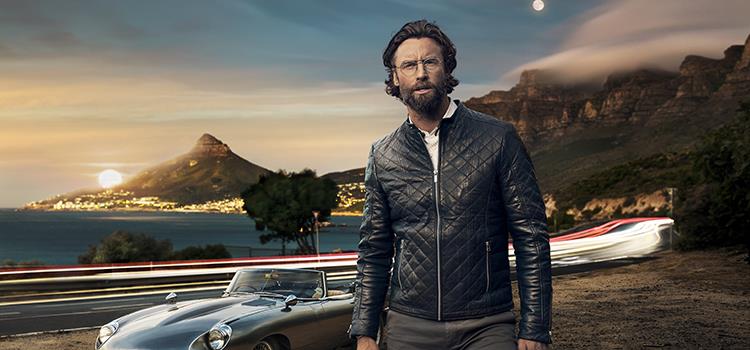
EnRoute Progressive Pro has an optimised design for viewing distance, dashboard and mirrors, and offers optional tailoring to the patient’s wearing conditions to help the driver adopt a relaxed driving posture.
Carl Zeiss
DriveSafe
Zeiss was the first major lens caster to promote driving lenses back in 2015. Its DriveSafe lens is designed to instil confidence by helping wearers judge distances and driving situations more quickly. Zeiss claims the lens improves vision at night, in difficult weather conditions and also reduces irritation caused by reflected lights to ensure the wearer can quickly and easily adjust their viewing focus to their driving surroundings.
DriveSafe’s design is based on the three main challenges for drivers; poor visibility in low light conditions, glare from oncoming cars and difficulty in refocussing when the eyes switch between the road, dashboard and mirrors. The lenses incorporate Zeiss Luminance Design technology that accommodates the wearer’s enlarged pupil diameter when driving in low-light conditions, increases contrast, improves vision in inclement weather and reduces distortions within the lens periphery. It then optimises the lens design accordingly.
The lens also uses the DuraVision DriveSafe coating, which partially reflects wavelengths in the high-energy, visible portion, of the blue light spectrum, including the band around the wavelength of 450 nm. This reduces perceived glare up to 64% compared to other premium AR coatings, it says.
Nikon
SeeCoat Drive
SeeCoat Drive is Nikon’s superior clear anti-reflection coating to wear all day with optimised performance for driving when it is dark.
Many AR coatings have a green reflectance and as it gets dark and our eyes become more sensitive to green wavelengths of light, says Nikon, we notice these reflections more and perceive them as glare. By shifting the reflectance away from green to a colour we are less sensitive to when it is dark SeeCoat Drive reduces the sensation of glare thus improving comfort and confidence on the road.
As part of the SeeCoat family of coatings, SeeCoat Drive benefits from superior easy clean, dust and smudge resistant technologies, UV protection and warranty against scratches. This lens is also available across the full range of Nikon designs, in clear and Transitions options, and in 1.5, 1.6, 1.67 indices. Nikon also says it will soon to be launched in 1.74.
Rodenstock
Road 2
The first lenses to verifiably improve vision while driving, Road 2’s progressive option underwent a series of practical tests based on criteria crucial for safe driving: acclimatisation period, field of vision, glare, contrasts, colour reproduction and cleaning.
Specific fields of vision were tested at all distances, as was perception of the cockpit, mirror and parking. Colour reproduction tests looked at the perception of signal lights in different light conditions. The lens exceeded the requirements for TUV certification with a high user acceptance level, says Rodenstock.
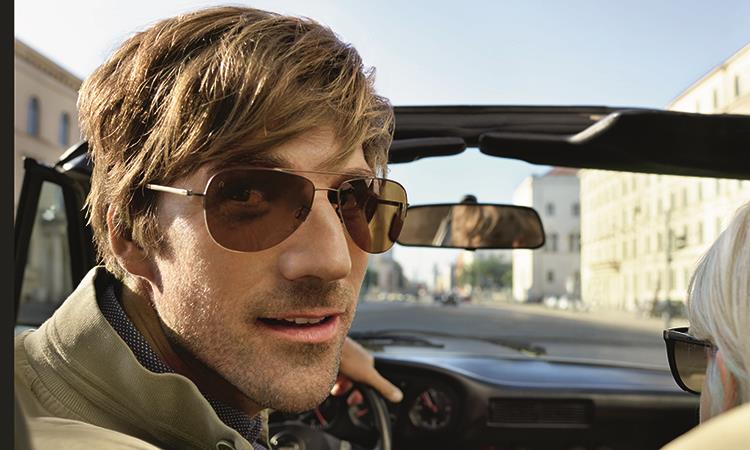
The lenses provide large visual zones, which have been optimised for quick shifts of focus, it says. In addition, overlapping visual zones for the right and left eye support spatial vision and simplify the estimation of distances when passing or parking.
Eye Lens Technology aids night-time driving. When the pupils dilate in darkness, the high order aberrations have the strongest effect on the visual system. Pupil-optimised correction within the lens provides better vision in dark conditions.
Dunelm
Spectre Drive
Spectre Drive is a personalised progressive lens that incorporates a power distribution specifically adapted for driving. The lens design uses Digital Ray-Path technology for excellent resolution, combined with UV3G lenses that cut almost 100% of harmful UV light, it also has a night vision zone for greater visual quality and less fatigue when driving at night.
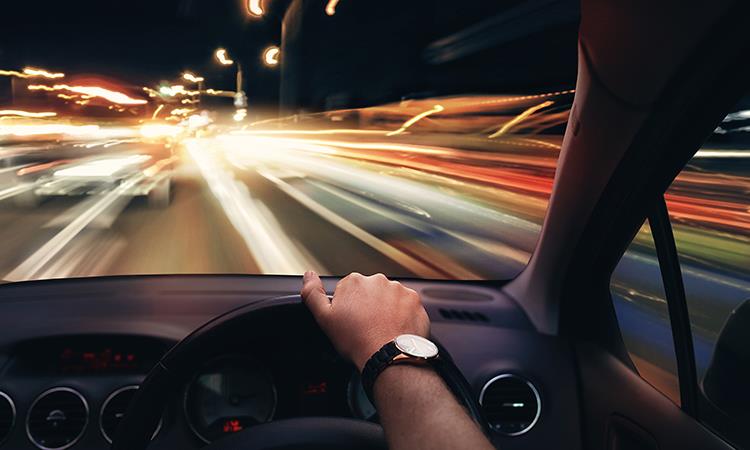
The design takes into account the location of mirrors and dashboard, making Spectre Drive Progressive’s power distribution specially designed to enable wearers to drive without making unnecessary head movements. Distance vision field has been enhanced and amplified to provide users with perfect vision of the horizon and mirrors, whilst intermediate vision has been optimised for a clear vision of the dashboard. A specific night vision zone compensates the refractive error difference that occurs between day and night by up to 0.25 D, making Spectre Drive ideal for all distances and in all conditions.
Spectre Drive has been developed to maximise intermediate - distance vision which are the areas most used for driving.
BBGR
Night Drive Boost
Optimised everyday lenses for safer night driving is how BBGR describes its Night Drive Boost coating. While the lens is resistant to scratches and smudges and protects from UV during the day it also reduces the irritation of dazzling headlights at night.
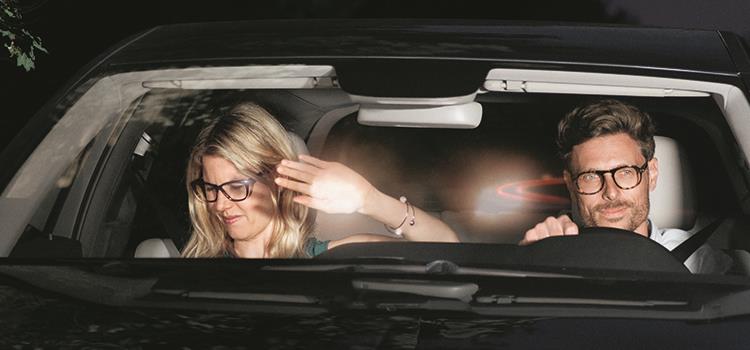
Its latest coating, Night Drive Boost offers a performance boost over the Neva Max UV coating by optimising the lens against glare commonly associated with night driving. This addition does not affect day time performance in any way, making Neva Max UV with Night Drive Boost coated lenses a perfect combination for all day lenses.
Night Drive Boost is available across the BBGR range of 1.5.16 and 1.67 index lenses.
Norville
Vista Mesh
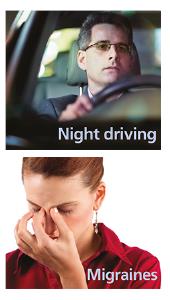
Norville describes its Vista Mesh lens as unique and unusual, and accepts it is difficult to describe how the lens works.
Vista-Mesh’s multi-layer construction provides a screen which blocks forms of electromagnetic radiation and has proven helpful to certain patients with conditions such as migraine.
Vista-Mesh has also proven successful for night driving and has restored the confidence of patients who had previously refused to drive at night. Norville suggests the micro grid pattern de-clutters the visual scatter and reorganises headlight glare into visually manageable optical rays.
The lens uses emerald reflection-free coating rather than blue and can be provided in most popular lens forms. Freeway Vista-Mesh meets traffic signal recognition rules and is suitable for night driving with a Light Transmission of 87% LT.
Norville adds that for driving in sunny conditions Drivewear photochromic-polarised is the best option. The lens is olive in overcast or overnight, typically 32% LT, conditions.
This darkens, even behind the windscreen, to copper colour at 22% LT. Worn outside of the car the lens darkens to brown with 12% LT. Users report enhanced vision in clear conditions and when coping with motorway spray or fog.
Essilor
Road Pilot
Comfort and safety to enhance confidence and driving performance, particularly at night and in challenging weather conditions is the rationale behind Essilor’s Road Pilot.
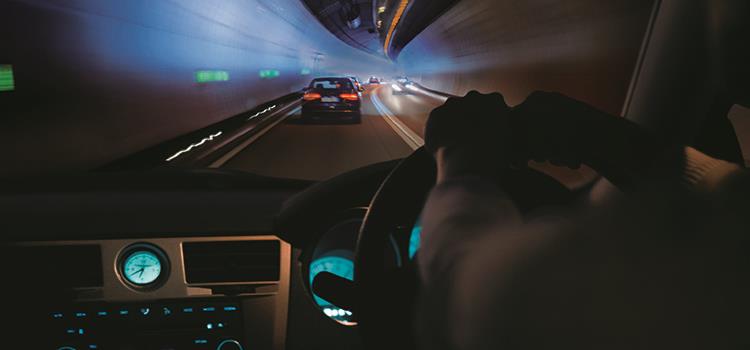
Road Pilot uses the Crizal Drive anti-reflective coating which reduces distracting glare and offers up to 90% less reflections than a simple hard coat.Options include single vision and progressive along with Transitions XTRActive. The lens comes with anti-scratch and anti-smudge protection.
Kodak
Kodak Drive
Kodak’s Drive lens is suited to everyday wear but also offers good performance behind the wheel at night. The lens reduces reflectance by up to 90%, reducing distracting glare from vehicles, traffic and street lights, says the firm.
Kodak points to evidence suggesting that modern headlights are brighter than they have ever been. The use of LED lights in car headlights has taken off due to their energy efficiency compared to traditional halogen bulbs which found favour because of their softer tone.
LED light, also a growing source for other users, is also more directional than the big spread of light which comes from a halogen bulb. LED light is more focused.
It is also a brighter light which appears to be blue-white in colour, hence why it appears brighter in the dark.
The rise in drivers feeling dazzled by headlights is probably down to this shift in technology and now it is time for lens technology to try and address this problem with night driving glasses.
Shamir
Driving Solution
Shamir highlights three lens products which it says are suited to driving and everyday wear and form the Shamir Driving Solution.
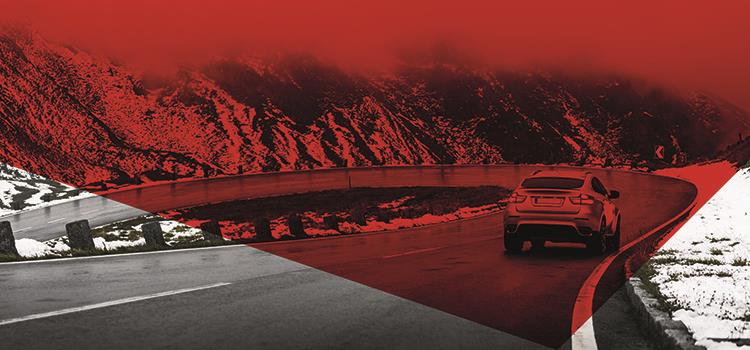
Autograph InTouch meets the needs of progressive wearers, optimising viewing comfort with special attention on comfortable sharp focus in the 40-70cm range needed for driving. It offers up to 22% broader reading area than Autograph Plus and up to 21% wider intermediate area.
It also provides extra viewing comfort for reading the speed dials, traffic ahead as well as easy transitions between the lens zones. Shamir’s Blue Zero lens material reduces intake of High Energy Visible, or blue, light. Having a material that absorbs blue light when driving helps to reduce glare as blue light is now incorporated in Xenon headlights.
Glacier Plus UV offers UV blocking both incoming and rear surface reflected rays. It provides improved anti-reflection features to protect eyes from being dazzled.
Seiko
Drive, Drive X
Drivers need to be fully aware of their surroundings scanning the road ahead and mirrors identifying potential hazards and to process an array of information from sat navs and other instrumentation almost instantly.
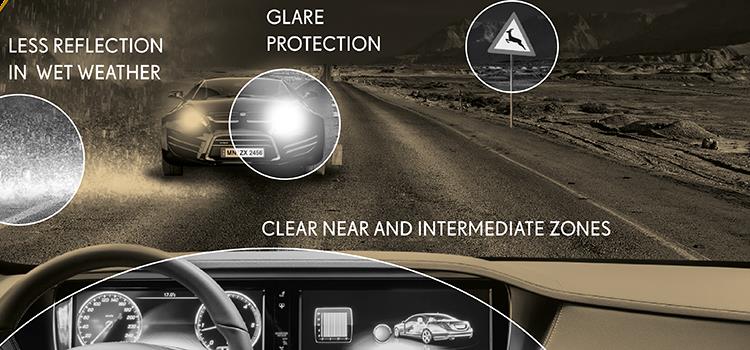
Seiko says it understands the needs of drivers and has developed the single vision Drive lens and the Drive X progressive both complemented by the Road Clear Coat.
The Drive lens features a multi-aspheric design, says Seiko, to optimise visual acuity in all lines of sight whatever the prescription, right out to the periphery. This offers exceptional clarity and quality of vision with little or no image deformation, something that could potentially increase depth perception and image processing speed, key factors when reaction times are crucial.
Drive X Progressives utilise a full back surface free form technology to create a pal design with a high bias towards both distance and intermediate . It uses a multi-aspheric optical design and CCCS (Convex-Concave-Combination-Slim-Design) where the back-curve changes from concave to convex ensuring the lenses are both aesthetically pleasing and optically superior
Both the Drive and Drive X are supplied with Road Clear Coat, Seiko’s advanced anti-reflection coating developed for driving in low light or adverse weather conditions where scattering of shorter wavelength blue light from LED and Bi Xenon headlights can be troublesome. The coating has its peak transmission at 495nm very close to the eyes scotopic sensitivity peak of 498nm, so drivers experience more comfortable vision with reduced disabling light scatter.
